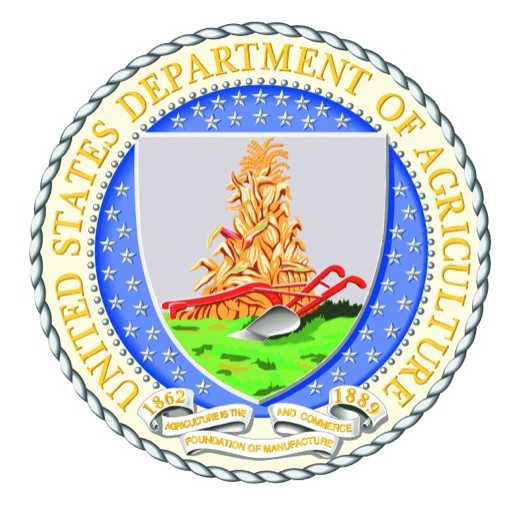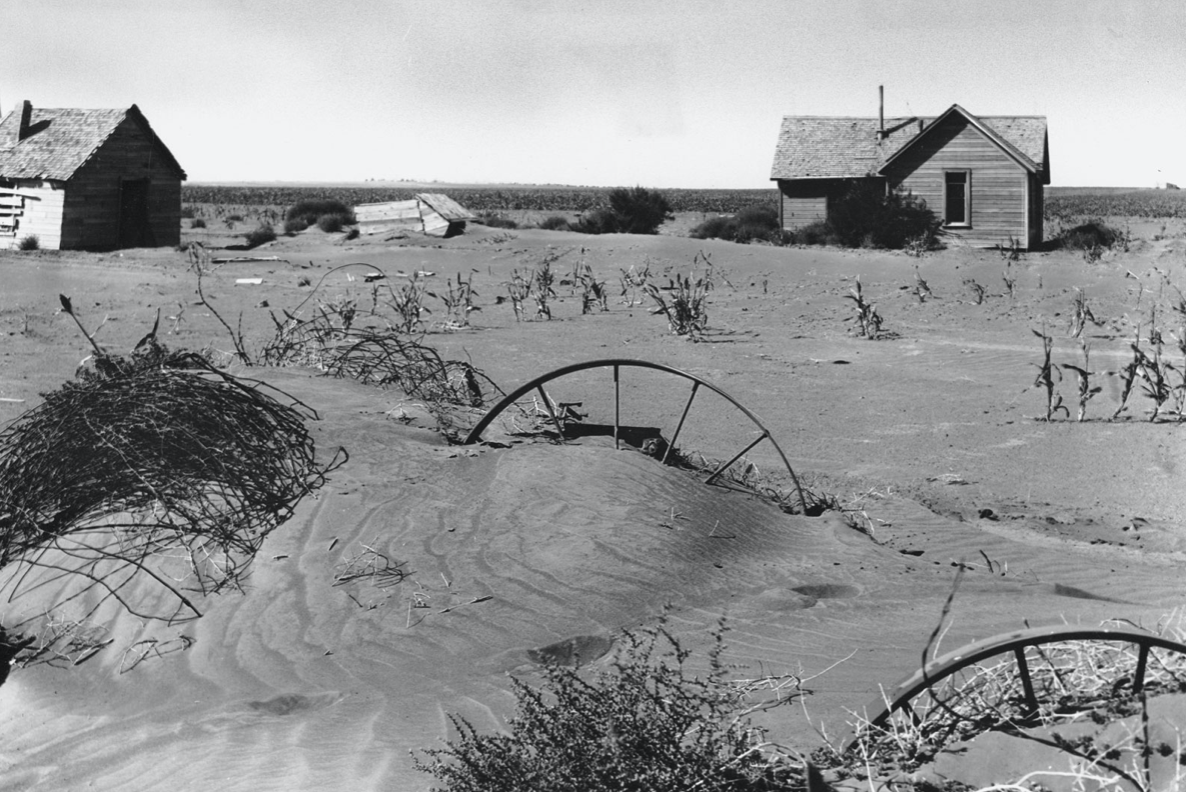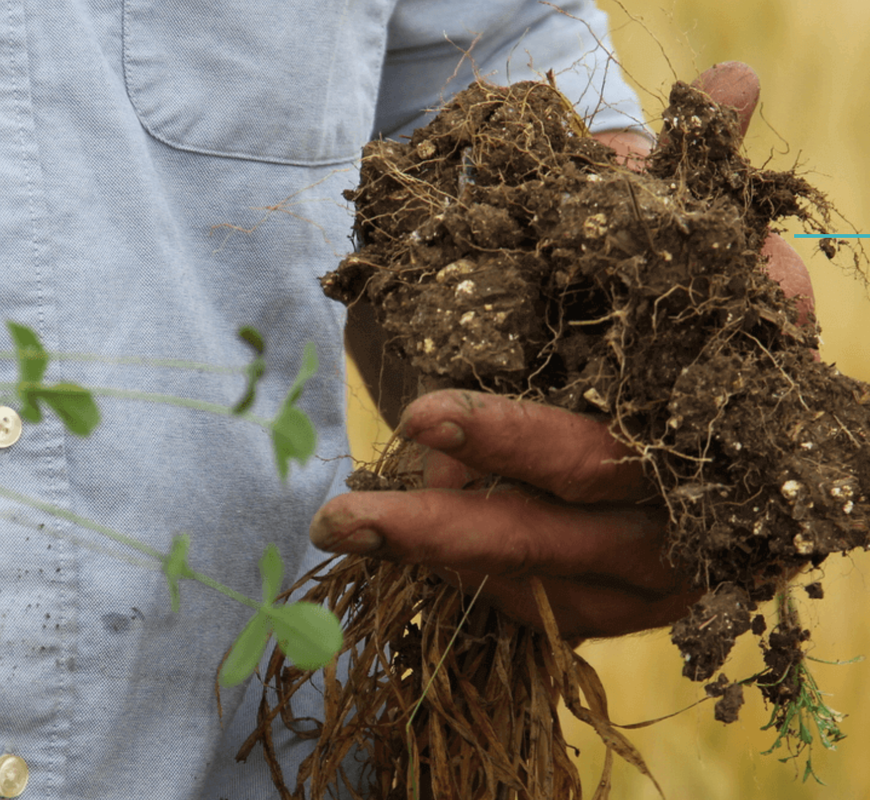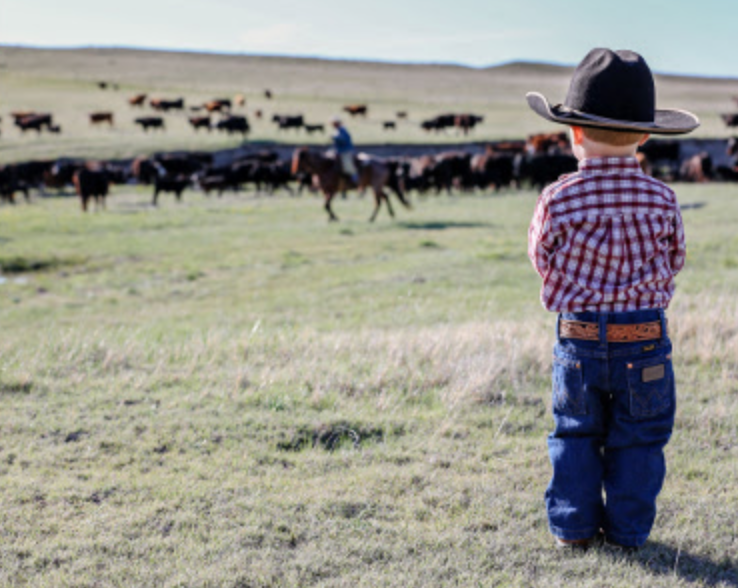
DEMOCRATS
REPUBLICANS
95%
5%

(D) J. Hickenlooper*
(R) Somebody
80%
20%


(D) M. Dougherty
(D) Jena Griswold
60%↑
40%↑


(D) Brianna Titone
(R) Kevin Grantham
(D) Jerry DiTullio
60%↑
30%
20%↓

(D) Diana DeGette*
(R) Somebody
90%
2%

(D) Joe Neguse*
(R) Somebody
90%
2%

(R) Jeff Hurd*
(D) Somebody
80%
40%

(R) Lauren Boebert*
(D) Somebody
90%
10%

(R) Jeff Crank*
(D) Somebody
80%
20%

(D) Jason Crow*
(R) Somebody
90%
10%

(D) B. Pettersen*
(R) Somebody
90%
10%

(R) Gabe Evans*
(D) Manny Rutinel
(D) Yadira Caraveo
45%↓
40%↑
30%

DEMOCRATS
REPUBLICANS
80%
20%

DEMOCRATS
REPUBLICANS
95%
5%

(D) J. Hickenlooper*
(R) Somebody
80%
20%


(D) M. Dougherty
(D) Jena Griswold
60%↑
40%↑


(D) Brianna Titone
(R) Kevin Grantham
(D) Jerry DiTullio
60%↑
30%
20%↓

(D) Diana DeGette*
(R) Somebody
90%
2%

(D) Joe Neguse*
(R) Somebody
90%
2%

(R) Jeff Hurd*
(D) Somebody
80%
40%

(R) Lauren Boebert*
(D) Somebody
90%
10%

(R) Jeff Crank*
(D) Somebody
80%
20%

(D) Jason Crow*
(R) Somebody
90%
10%

(D) B. Pettersen*
(R) Somebody
90%
10%

(R) Gabe Evans*
(D) Manny Rutinel
(D) Yadira Caraveo
45%↓
40%↑
30%

DEMOCRATS
REPUBLICANS
80%
20%

DEMOCRATS
REPUBLICANS
95%
5%
 May 15, 2021 04:27 PM UTC
May 15, 2021 04:27 PM UTC 21 Comments
21 Comments






Michael, you're doing the lord's work, despite working in times of false idolatry. Thanks and best of luck!
Yeah ditto on that. Michael is putting his heart and soul into bringing a renaissance to rural Colorado. And fighting people who are desperately afraid of improvement.
Thanks David – your mother has been a big inspiration for all things hemp! Please give her my regards.
There are a variety of opportunities to pursue to increase a sense of interdependence and connection.
There can be a better Colorado by integrating programs to fill needs AND develop a young workforce. A "new deal" ought to include equivalents to the CCC, a Writers Project, and other work opportunities dedicated to installing new approaches to agriculture, expanding renewable energy installations, building out telecommunications to broaden access, revitalizing rural health and wellness facilities, improving public education, and developing other "social goods" to meet challenges of climate change.
Biden's Climate Corps could help preserve soil and water, say advocates
Excellent diary, Michael. Still showing 'em how it's done.

Thanks, Duke! We've got to decide whether we want to perpetuate the laughable 'War on Rural Colorado' nonsense or decide we want to put our big boy pants on and be an 'Innovation Economy'
Amen! Rural Colorado (and America) can and should play a key role in innovation of energy and agriculture.
"big boy pants on……" Are you suggesting that Jerry Sonnenberg needs to "grow a pair" (you don't need to answer)?"
Yes, another excellent diary. It deserves wider publication – maybe High Country News or ??
I find myself worried about the Oglalla aquifer – the links you provided show that people are taking conservation measures like retiring land from irrigation, negotiating surface water rights, and taking more water from wells. But don't the wells also deplete the aquifer? Am I wrong about that?
So….what is the plan B, if the Eastern plains get down to those last few thousand acre-feet? Is there a plan B?
Hemp is a miraculous plant, and your work promoting hemp production is part of the solution – but hemp can't be the miracle cure for over-irrigation.
The Savory people are showing how to produce meat while enriching the land. But this relies on fewer people buying meat and paying more for higher quality, yes? McDonald's and Wendy's won't like that.
It seems that consumers will have to "suck it up" if all the water is sucked out of the Oglalla aquifer.
Thanks KW. Both groundwater districts are facing the same need to retire acres to meet various, legal compliance agreements. The question is how will we simultaneously retire significant acreage and maintain the viability of the districts. In the case of the Ogallala, we're not going to enjoy the luxury of high-production, monoculture corn grown under the Farm Bill programs. Hemp isn't a silver bullet but it is part of the solution set. Greenhouse operations and migrating to crops like peas (great protein source with high demand). Working, grazing lands on the balance.
Interestingly enough, the Ogallala only produces about 11% of our national corn supply; advances in genetics and production in Corn Belt production displace what we grow. We're going to have to be smart about this; even with our dwindling aquifers, places like Israel would take that resource and turn it into a global 'food' powerhouse.
I'm going to write a short series of diaries under this 'Think Anew – Act Anew" theme and dive deeper into some of these silos. Hope it will be helpful for our legislators as we look at the historic opportunity to support Colorado agriculture in this necessary transition this fall as we decide how to divvy up the stimulus dollars.
KW – here's a nice piece on Bloomberg about @whiteoakpasture, a Savory Land-to-Market partner. Connecting Biden's desire to bring back the CCC to support working lands, and new food systems that address climate, would be a real winner for our rural communities:
The Biggest Ideas in Farming Today Are Also the Oldest
KW – a nice piece in Civil Eats today on holistic grazing in the San Luis Valley. Yet another example of why government policy should be supporting these transitions with more robust financial incentives. In this game, everyone wins.
As the West Faces a Drought Emergency, Some Ranchers are Restoring Grasslands to Build Water Reserves
Did not see much in the article as proposals to adjust water rights law in the west. Few years ago, read an excellent article on an Israeli firm that came to California to sell its water saving technology to the nut farmers in CA who produce under similar conditions as the Israelis faced. But they got no interest. The problem? Due to the law of prior appropriation, farmers with senior water rights had no incentive to conserve. They got there allotment cost free every year no matter what. So they had no real "savings" by adopting water conservation farming techniques. This is a HUGE issue and particularly one that is politically difficult as those with vested senior water rights have a huge self-interest to oppose any changes. So what would you propose?
I didn't touch on that. This particular diary is focused on the two groundwater management districts in the state – a different set of water laws governs them from the surface water law. (I did write a diary some time ago on the Arkansas River Valley). Courts have determined that groundwater withdrawals do affect surface water flows, as is the case in the Republican River Water Conservation District. To date, compliance has been met by the district buying and retiring water rights. through a taxing system.
In both scenarios, groundwater and surface water rights, a 'use it or lose it' system governs the formers, seniority governs the latter. Also in both cases, economic self-interests mean that conservation of the permitted resources is of little value to the individual.
None of the solutions will be easy, and we aren't going to fix the problems with the same thinking that created them. But, if we don't sit down and have a broad discussion on the challenges we'll just barrel forward in a Thelma and Louise moment, as we eventually run off the cliff.
Both of these regions are drowning in natural resources: soils, water to a definable extent, wind, solar. We can produce anything and everything the new markets are clamoring. Thus, we should be home to some of the most prosperous areas in the state. But, the exact opposite is happening. As I said, we aren't going to fix these challenges in a vacuum. Our urban counterparts and our legislative majority aren't our enemies…they're our customers.
Well written, Michael.
For additional study, people may want to read the articles on the Morrill Act, land grant universities, and displacement of Native Americans caused by those universities, that appeared in High County News during the past couple years. I have no direct opinion on the author's premises. But I'd consider it required reading, as a follow on to Michael's diary.
I'm far more familiar with the San Luis Valley owing to doing work on some conservation related issues there. For more reading, do a browser inquiry for the Closed Basin Project. The Valley has issues that eastern Colorado doesn't have; like sale of Valley groundwater by water speculators to the Front Range that is generally opposed by locals.
Back in the mid-2000s, I researched and wrote a magazine article on the science behind the Great Sand Dunes. It's a giant loop: wind blowing sand grains up from the sand sheet on the Valley floor into the foothills; with the creeks carrying those grains through the dunes back down to the sand sheet. It's a highly complex eco-system that is much more than the dunes created by wind-blown particles coming off the San Juans to the west.
An excellent analysis, Michael.
Enjoyed the video very much. One question: there was a mention made of a recent year in which hemp was overgrown for the CBD market, and the price tanked that year, causing some farmers to abandon hemp. What changed so that this didn't happen again?
Colorado (not Kentucky) has been ground zero for the robust development of the hemp industry since 2014 when the Farm Bill was passed. The industry managed to waaaay overproduced in 2019, then COVID hit. We still have some unresolved issues with FDA regarding food and beverage, too. There is a lot of consolidation going on in the CBD space today, some driven by Canadian/Russian interests (I'm planning to write a diary on that). The next wave will be the development of the industrial uses of the plant: fiber, bio-materials, animal feed. Over time I expect those markets will far exceed the CBD industry. Let's hope we can get this phase right so that our farmers can participate in those value-added enterprises.
Great news for both the Rio Grande Water Conservation District and the Republican River Water Conservation District: Governor Polis has signed Senate Bill 22-028 and $60 million ($30 million to each district) to facilitate their legal obligations to retire irrigated farm land to maintain compliance with the Kansas Compact.
The funds come from the American Rescue Plan Act of 2021 (Let’s Go, Brandon!) As a gentle reminder, IIRC, both Buck and BangBang voted against that piece of legislation?
A big thanks to Gov. Polis for his support. This transition to a post-compact world is leaving its scars on our rural communities. The Wray Gazette highlighted this signing ceremony as a “Once in a lifetime opportunity” – and they are right. We have so much opportunity, if only we would allow ourselves to “Think Anew”